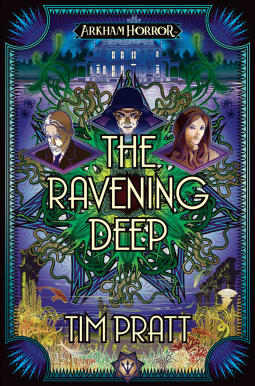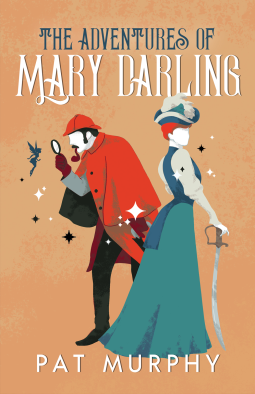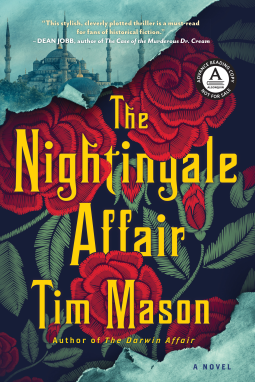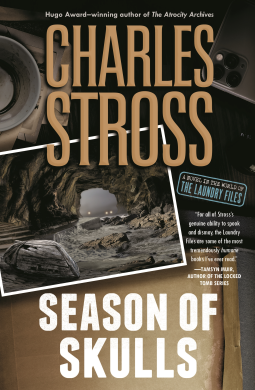The Ravening Deep (The Sanford Files), by Tim Pratt (Aconyte)
I’m a long-time fan of Tim Pratt, from his imaginative science
fiction to his thoughtful, accessible novels set in gaming worlds. I quite understand
why he undertook an adventure that’s part of Aconyte’s Lovecraftian “Arkham Horror”
series—it’s a hoot! While it helps to have a superficial knowledge of the
mythos, it’s not necessary. Pratt guides us into this world of mysteries and
cults, the superficial normal, and the deeply horrific reality beneath.
Poor Abel Davenport! First, his fishing business dries up,
then in a drunken stupor he unwittingly becomes the chief priest of a long-dead
god (a gigantic, planet-devouring starfish, I kid you not), and before he knows
it, the spirit of the aforementioned god has cloned him into extremely not-nice
doppelgangers in its scheme to recover the last bit of its mortal flesh. Then
there’s Diana Stanley, a shopkeeper who joined Arkham’s Silver Twilight Lodge
in the mistaken belief it was a service club, only to learn, once it’s too late
to back out, that its rituals are far darker…and bloodier. Ruby Standish, cat
burglar par excellence, joins forces with Diana and Abel to pull off a
heist at the Silver Twilight Lodge. Now the three of them must convince Carl
Sanford, master of the Lodge, where the true danger lies. Part horror novel,
part thriller, and very much part tongue-in-cheek romp, The Ravening Deep
is a quick, delicious read that left me wishing for the next adventure…and just
a wee bit wary of my seafood.
Verdict: Great fun, even for those not familiar with
Lovecraft’s Arkham.






